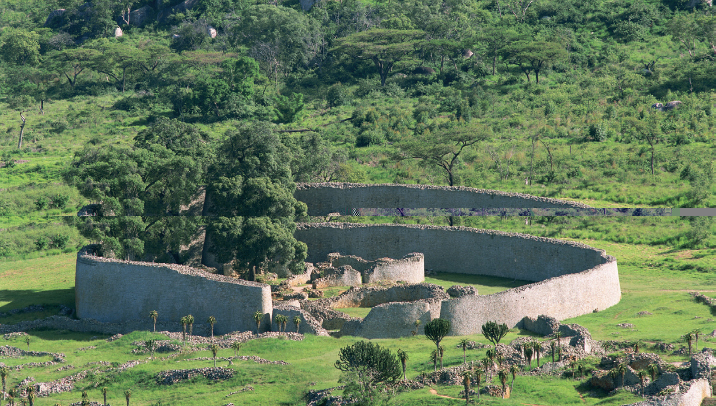How were the East African city-states, Aksum, and Great Zimbabwe different from and similar to the kingdoms of the western Sudan?

AAll African societies shared one basic feature: a close relationship between political and social organization. Ethnic or blood ties bound clan members together. What scholars call stateless societies were culturally homogeneous ethnic societies, generally organized around kinship groups. These societies lacked a central authority figure, such as a king, capital city, or military. A village or group of villages might recognize a chief who held very limited powers and whose position was not hereditary, but more commonly they were governed by local councils, whose members were either elders or persons of merit. Although stateless societies functioned successfully, their weakness lay in their inability to organize and defend themselves against attack by the powerful armies of neighboring kingdoms or by the European powers of the colonial era.
While stateless societies were relatively common in Africa, the period from about 800 to 1500 is best known as the age of Africa’s great empires (see Map 10.2). This period witnessed the flowering of several powerful African states. In the western Sudan the large empires of Ghana, Mali, and Songhai developed, complete with sizable royal bureaucracies. On the east coast emerged thriving city-